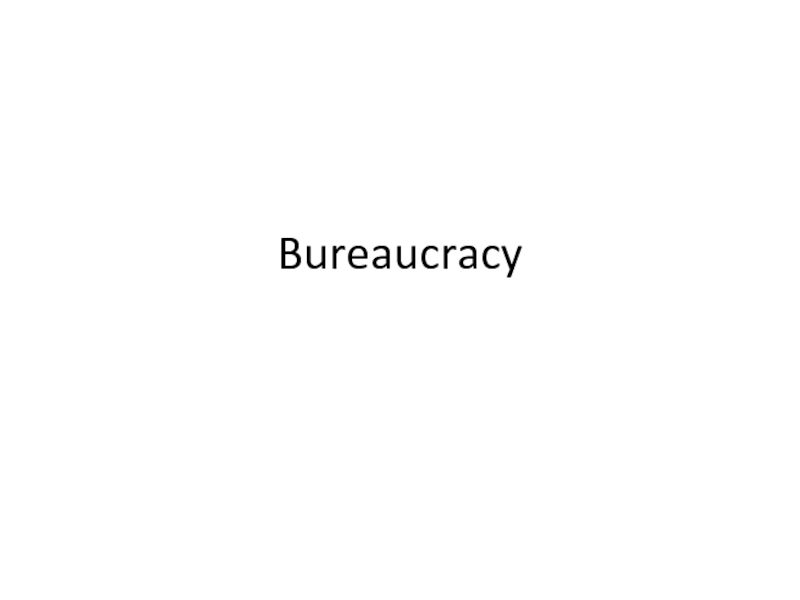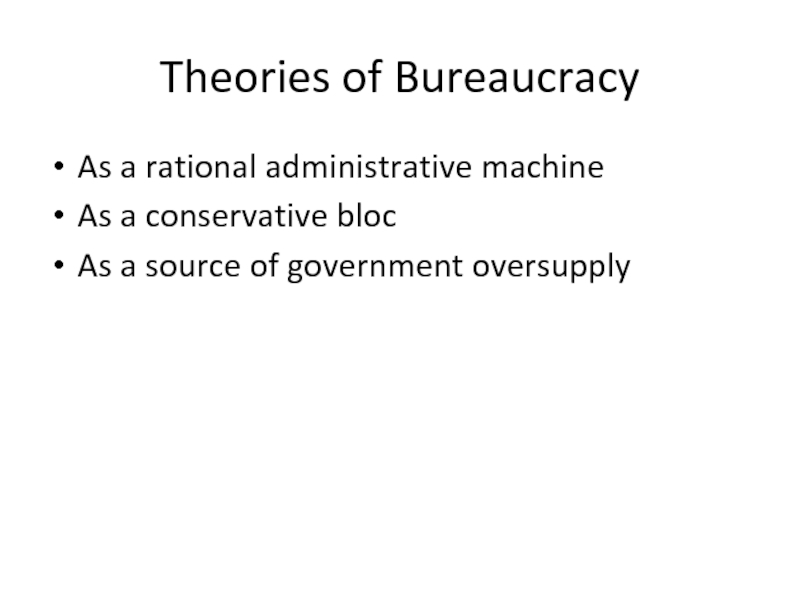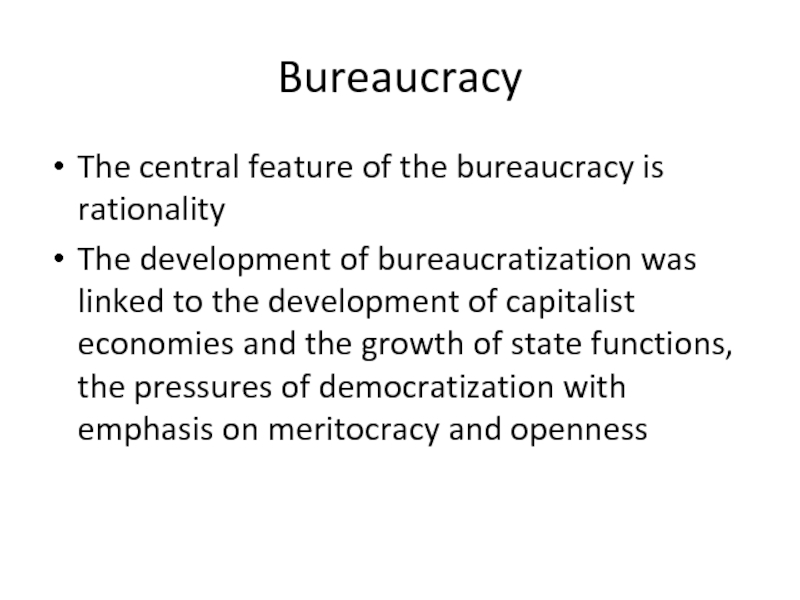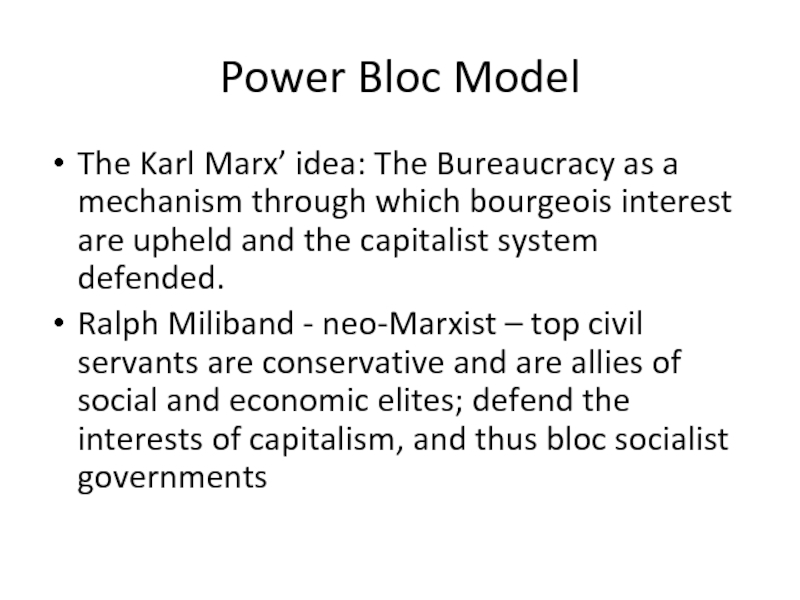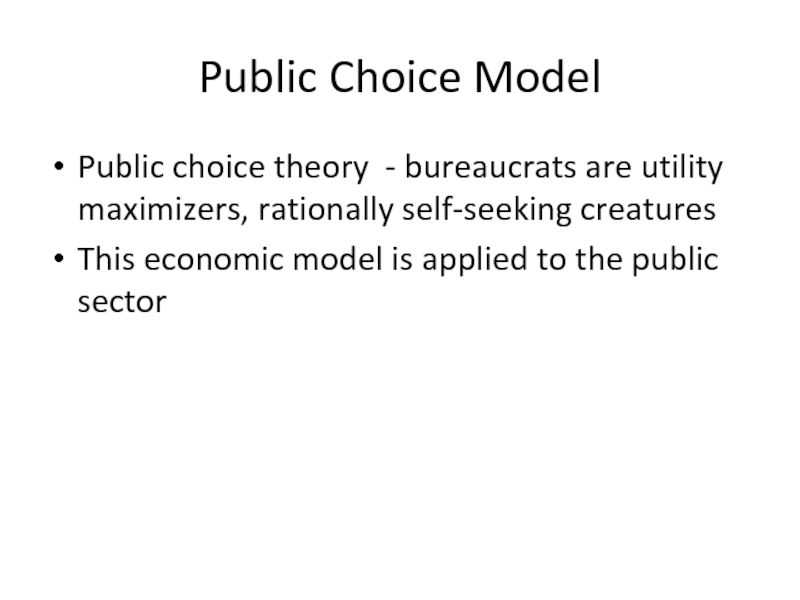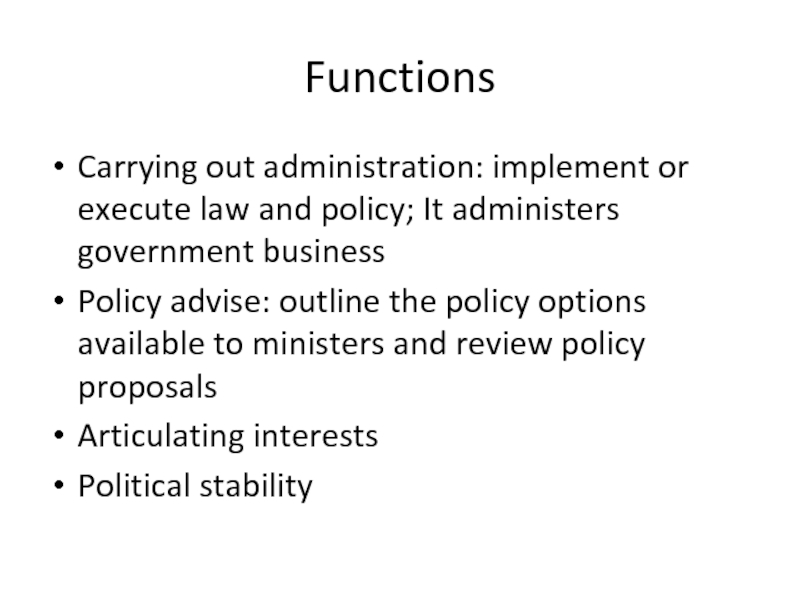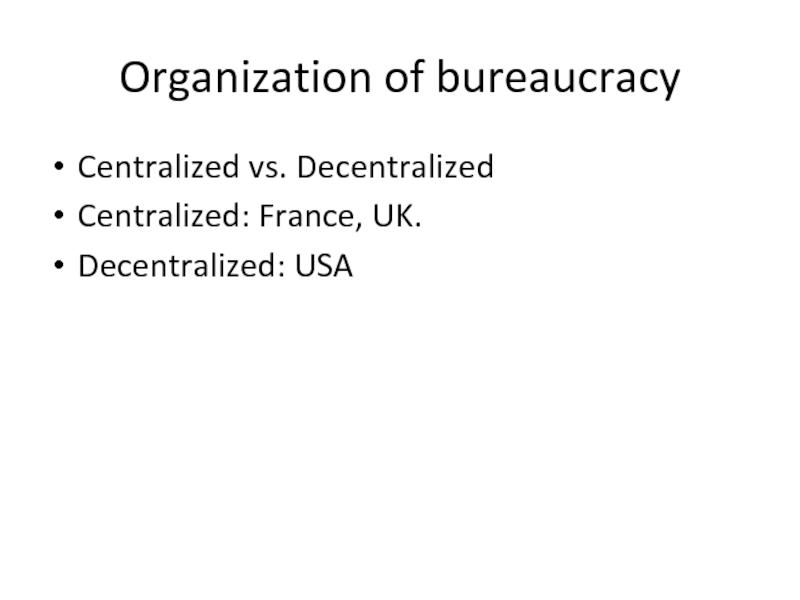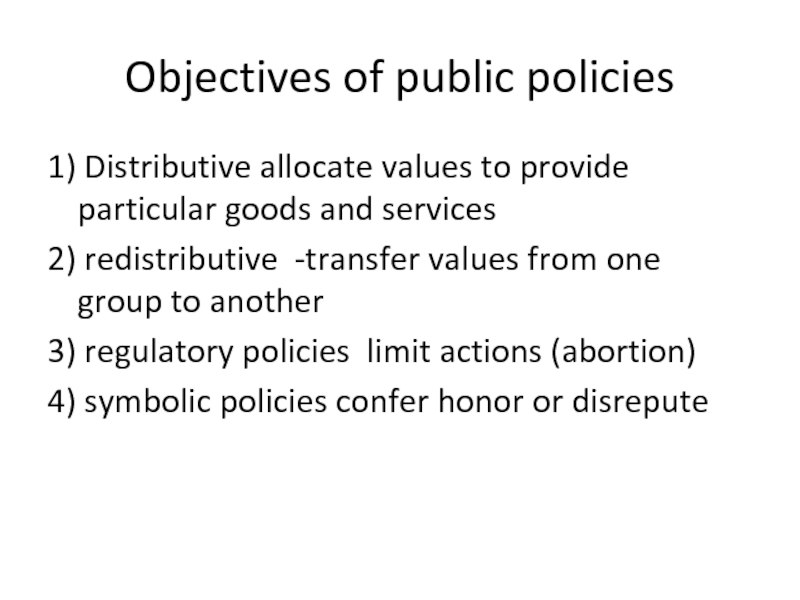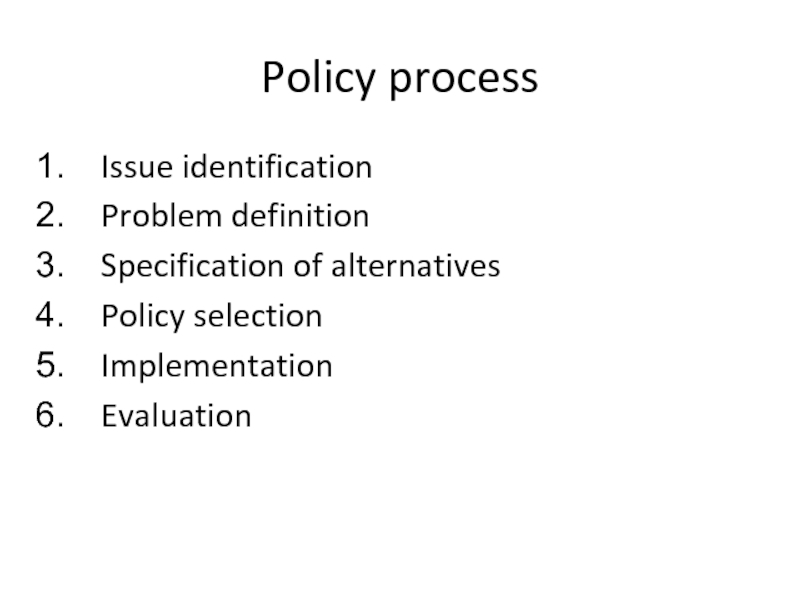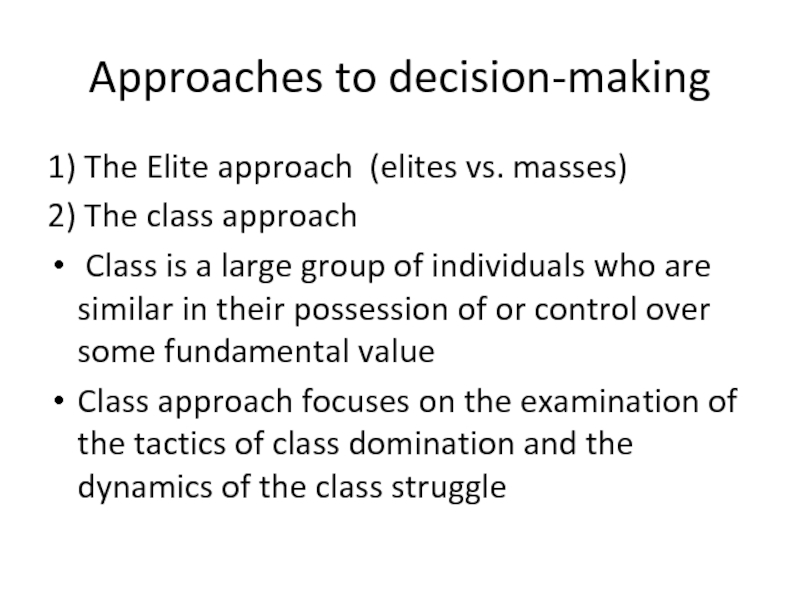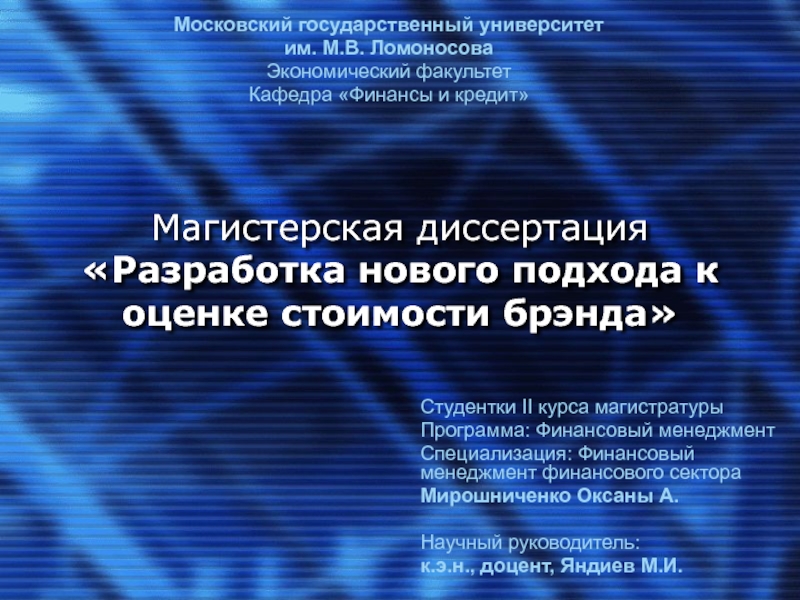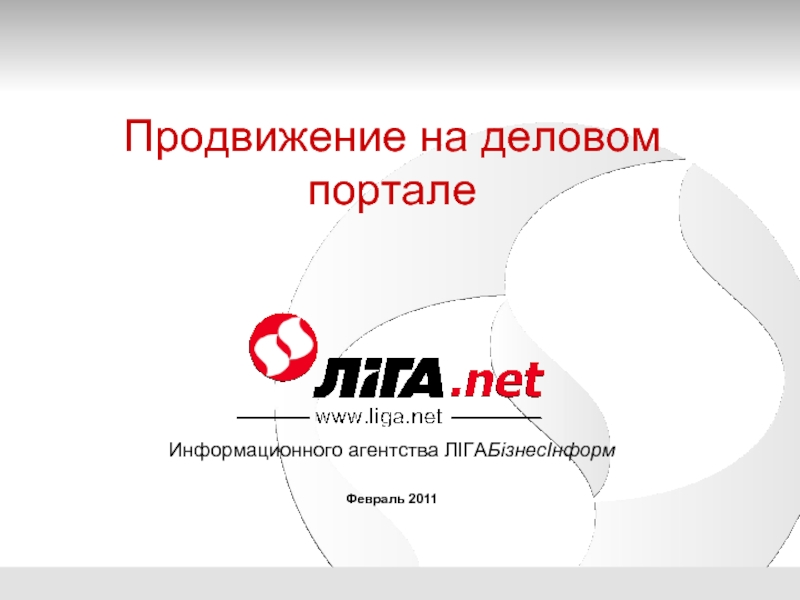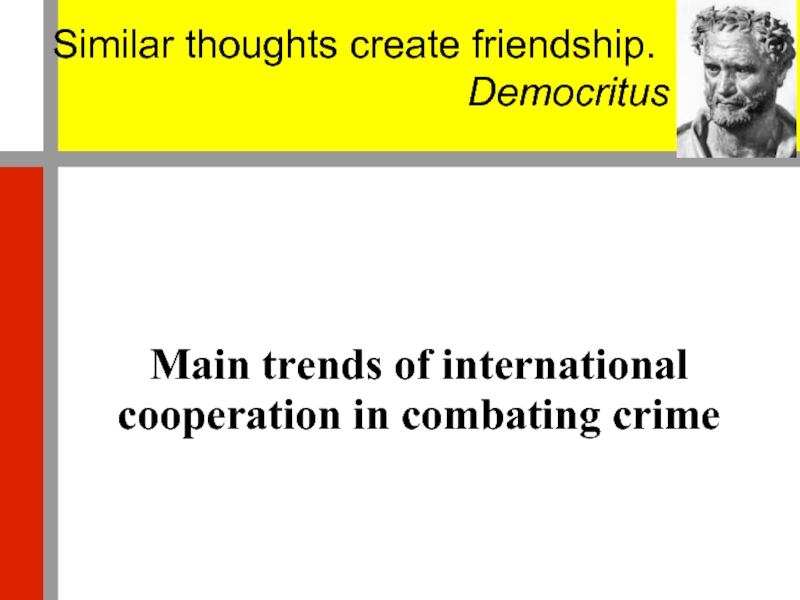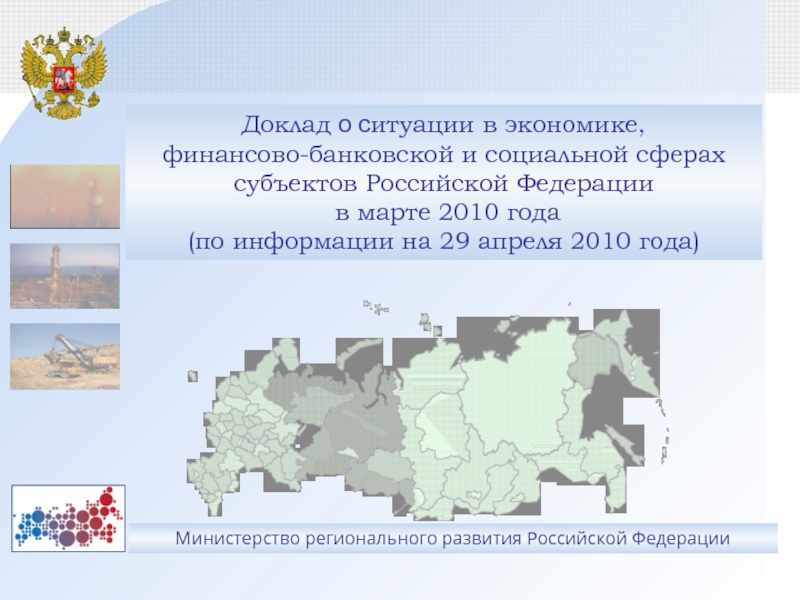- Главная
- Разное
- Дизайн
- Бизнес и предпринимательство
- Аналитика
- Образование
- Развлечения
- Красота и здоровье
- Финансы
- Государство
- Путешествия
- Спорт
- Недвижимость
- Армия
- Графика
- Культурология
- Еда и кулинария
- Лингвистика
- Английский язык
- Астрономия
- Алгебра
- Биология
- География
- Детские презентации
- Информатика
- История
- Литература
- Маркетинг
- Математика
- Медицина
- Менеджмент
- Музыка
- МХК
- Немецкий язык
- ОБЖ
- Обществознание
- Окружающий мир
- Педагогика
- Русский язык
- Технология
- Физика
- Философия
- Химия
- Шаблоны, картинки для презентаций
- Экология
- Экономика
- Юриспруденция
Bureaucracy. 7 concepts of bureaucracy презентация
Содержание
- 1. Bureaucracy. 7 concepts of bureaucracy
- 2. Bureaucracy 7 concepts of bureaucracy As rational
- 3. Theories of Bureaucracy As a rational administrative
- 4. Rational Administrative Model Weber’s model Jurisdictional areas
- 5. Bureaucracy The central feature of the
- 6. Power Bloc Model The Karl Marx’ idea:
- 7. Public Choice Model Public choice theory -
- 8. Functions Carrying out administration: implement or execute
- 9. Organization of bureaucracy Centralized vs. Decentralized Centralized: France, UK. Decentralized: USA
- 10. Objectives of public policies 1) Distributive allocate
- 11. Policy process Issue identification Problem definition Specification
- 12. Approaches to decision-making 1) The Elite approach
- 13. Approaches to policy-making 3) The group approach
Слайд 2Bureaucracy
7 concepts of bureaucracy
As rational organization
As organizational inefficiency
As rule by officials
As
public administration
As administration by officials
As organization
As modern society
As administration by officials
As organization
As modern society
Слайд 3Theories of Bureaucracy
As a rational administrative machine
As a conservative bloc
As a
source of government oversupply
Слайд 4Rational Administrative Model
Weber’s model
Jurisdictional areas are fixed and official and ordered
by laws or rules
Hierarchy
Business is managed on the basis of written documents and a filing system
The authority of officials stem from the post they hold not from personal status
Bureaucratic rules are strict to minimize the scope of personal discretion
Appointment and advancement are based on professional criteria such as training, expertise and administrative competence
Hierarchy
Business is managed on the basis of written documents and a filing system
The authority of officials stem from the post they hold not from personal status
Bureaucratic rules are strict to minimize the scope of personal discretion
Appointment and advancement are based on professional criteria such as training, expertise and administrative competence
Слайд 5Bureaucracy
The central feature of the bureaucracy is rationality
The development
of bureaucratization was linked to the development of capitalist economies and the growth of state functions, the pressures of democratization with emphasis on meritocracy and openness
Слайд 6Power Bloc Model
The Karl Marx’ idea: The Bureaucracy as a mechanism
through which bourgeois interest are upheld and the capitalist system defended.
Ralph Miliband - neo-Marxist – top civil servants are conservative and are allies of social and economic elites; defend the interests of capitalism, and thus bloc socialist governments
Ralph Miliband - neo-Marxist – top civil servants are conservative and are allies of social and economic elites; defend the interests of capitalism, and thus bloc socialist governments
Слайд 7Public Choice Model
Public choice theory - bureaucrats are utility maximizers, rationally
self-seeking creatures
This economic model is applied to the public sector
This economic model is applied to the public sector
Слайд 8Functions
Carrying out administration: implement or execute law and policy; It administers
government business
Policy advise: outline the policy options available to ministers and review policy proposals
Articulating interests
Political stability
Policy advise: outline the policy options available to ministers and review policy proposals
Articulating interests
Political stability
Слайд 9Organization of bureaucracy
Centralized vs. Decentralized
Centralized: France, UK.
Decentralized: USA
Слайд 10Objectives of public policies
1) Distributive allocate values to provide particular goods
and services
2) redistributive -transfer values from one group to another
3) regulatory policies limit actions (abortion)
4) symbolic policies confer honor or disrepute
2) redistributive -transfer values from one group to another
3) regulatory policies limit actions (abortion)
4) symbolic policies confer honor or disrepute
Слайд 11Policy process
Issue identification
Problem definition
Specification of alternatives
Policy selection
Implementation
Evaluation
Слайд 12Approaches to decision-making
1) The Elite approach (elites vs. masses)
2) The class
approach
Class is a large group of individuals who are similar in their possession of or control over some fundamental value
Class approach focuses on the examination of the tactics of class domination and the dynamics of the class struggle
Class is a large group of individuals who are similar in their possession of or control over some fundamental value
Class approach focuses on the examination of the tactics of class domination and the dynamics of the class struggle
Слайд 13Approaches to policy-making
3) The group approach
In this approach, the government
Establish
rules of the game
Determine the interests of competing groups
Find a policy that balances the positions of all active groups
Enact these balance points as public policy decisions
Implement the resulting value allocations
Determine the interests of competing groups
Find a policy that balances the positions of all active groups
Enact these balance points as public policy decisions
Implement the resulting value allocations
